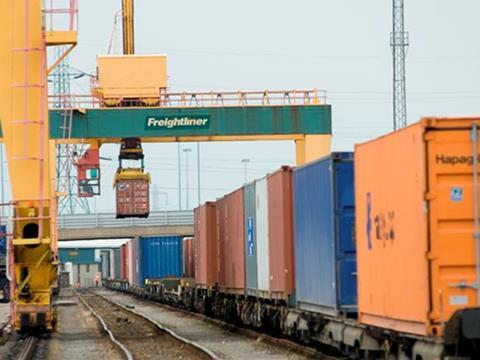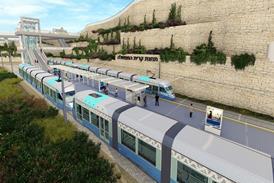
UK: Representatives of the rail sector have welcomed the publication on September 13 of the government’s rail freight strategy, which has been developed in collaboration with operators and customers as well as infrastructure manager Network Rail.
The strategy sets out a vision for how rail freight can continue to grow despite the decline of some traditional core markets such as coal. The Department for Transport commissioned Arup to assess the growth potential by commodity, and the strategy looks at opportunities for collaboration with the wider logistics sector to relieve pressure on the road network.
Four main challenges are identified: the need for innovation and skills; network capacity; track access charging; and a need to bring a competitive industry together to sell its collective benefits to potential customers, decision-makers and the public.
In the introduction to the strategy, Rail Minister Paul Maynard writes that freight ‘is one of the great success stories of rail privatisation’, which has seen ‘a new spirit of commercial enterprise and customer focus, and an innovative approach to operations, transforming a sector that had been in steady decline into one which in 20 years had doubled its share of the land-based freight market’ from around 5% to around 12%.
Maggie Simpson, Executive Director of trade association the Rail Freight Group, said the strategy would ‘help to provide the stable and supportive environment’ operators need. She said ‘the rail freight sector is changing and freight operators and their customers are working to deliver growth in new and existing markets and to be fit for the future’.
Elizabeth de Jong, Director of Policy at the Rail Delivery Group, which represents train operators and Network Rail, said the industry had ‘come together to set out important actions that will support freight companies to continue to innovate’, and RDG would ‘continue to work with government and the wider industry to develop the four priority areas identified’. Russell Mears, CEO of Freightliner and Chair of RDG’s Freight Group, said the strategy ‘emphasises the importance of having a clear policy framework to support rail freight to achieve its potential’.
The Freight Transport Association said it was ‘optimistic’ that the strategy would incentivise the logistics sector to work with the rail industry on new intermodal models. ‘The strategy highlights the environmental benefits of a greater modal shift from road to rail and recognises the scope for rail and the wider freight industries to collaborate and explore innovative new models’, said Chris MacRae, FTA’s Head of Rail Freight Policy. He said winning more domestic retail intermodal business would require the rail sector to reduce costs and offer faster end-to-end journeys and better network access.

















